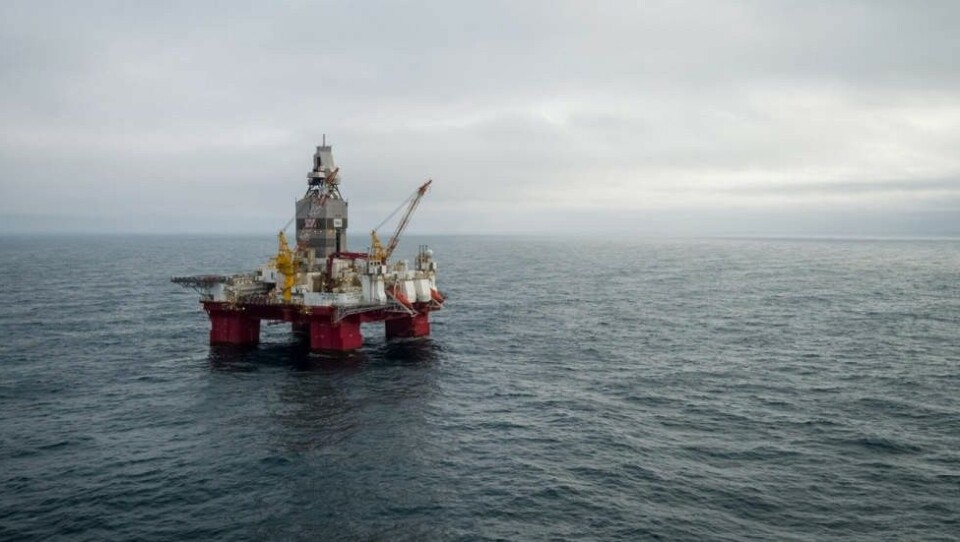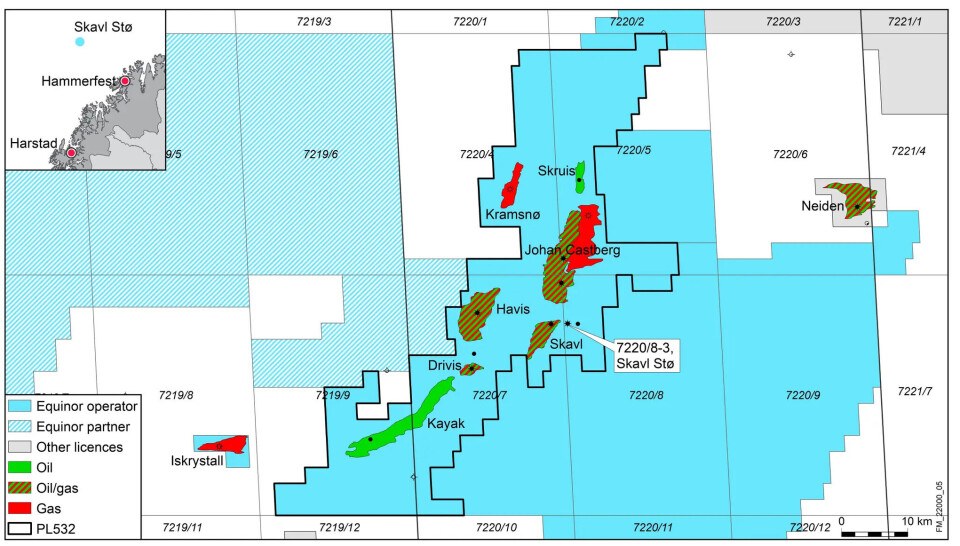
Second Barents Sea oil discovery this spring
A preliminary estimate reveals between 6-10 million barrels of recoverable oil equivalent.
Operator of Skavl Stø exploration well, Equinor, announces the finding of more oil just two weeks after last significant discovery in the same area.
Also this new finding will be considered linked to the Johan Castberg field with planned production start in 2024. The Skavl Stø well is located five kilometers south-southeast of the Johan Castberg field.
“The new discovery and information will be viewed in the light of other discoveries in the area, and together with our partners we will consider further development of the area,” said Kristin Westvik, Equinor’s senior vice president for exploration and production north.
Skavl Stø is the thirteenth exploration well in the Johan Castberg license, awarded for drilling in 2009.

Equinor holds a 50% stake of the license, with Vår Energy (30%) and Petoro (20%) making up the rest of the partnership.
Norway has been criticized by environmental groups for its comprehensive Arctic oil drilling in times of climate crisis. Also, the groups argue, the Barents Sea differs from other areas of the Norwegian shelf by darkness during the winter months as well as icing, frozen equipment, and possibilities for drifting ice, especially in the northern parts of the Barents Sea.
Just hours before Equinor and partner petroleum companies announced the new finding, Statistics Norway published the 2021 figures on climate gasses emissions showing a decrease of 0,3 percent year by year.
That puts the petroleum-hungry country way behind its goal set by the Paris Climate Agreements to reduce greenhouse gas emissions by 50% by 2030 compared to 1990. The Norwegian Government’s own goal is a reduction of 55% by 2030.
According to Statistics Norway, emissions are so far down by 4,5% compared to 1990.
















